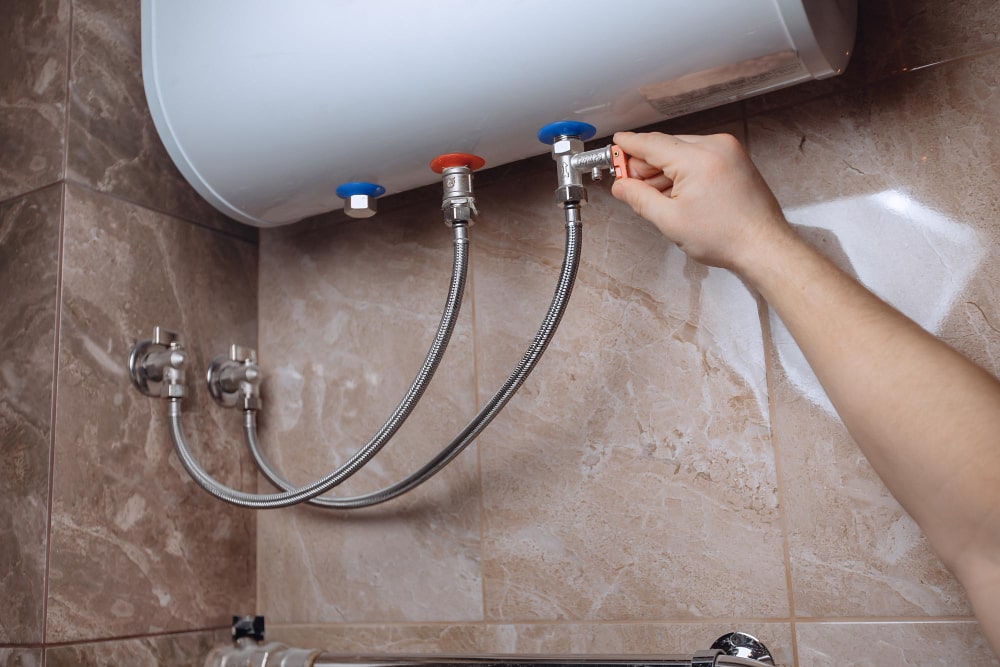What are your beliefs on Water Heater Maintenance Tips You Can't Afford to Forget?

Hot water is essential for day-to-day comfort, whether it's for a rejuvenating shower or washing meals. To ensure your hot water system runs efficiently and lasts much longer, normal upkeep is vital. This write-up gives useful tips and insights on just how to keep your home's warm water system to stay clear of interruptions and costly repairs.
Intro
Maintaining your home's hot water system could appear complicated, but with a few straightforward actions, you can guarantee it operates smoothly for years to find. This guide covers every little thing from comprehending your hot water system to do it yourself upkeep ideas and understanding when to hire professional help.
Significance of Keeping Your Warm Water System
Routine maintenance not just extends the life expectancy of your warm water system however also guarantees it runs effectively. Neglecting maintenance can lead to lowered effectiveness, higher energy bills, and also premature failing of the system.
Indications Your Hot Water System Demands Maintenance
Knowing when your warm water system needs attention can stop major concerns. Watch out for signs such as inconsistent water temperature level, odd noises from the heating system, or rustic water.
Understanding Your Warm Water System
Before diving right into maintenance jobs, it's valuable to understand the standard components of your warm water system. Usually, this includes the hot water heater itself, pipes, anode poles, and temperature controls.
Regular Monthly Maintenance Tasks
Routine monthly checks can assist catch small issues prior to they escalate.
Flushing the Hot Water Heater
Flushing your hot water heater removes debris buildup, boosting efficiency and extending its life.
Checking and Replacing Anode Rods
Anode poles avoid deterioration inside the container. Examining and changing them when worn out is important.
Checking and Adjusting Temperature Setups
Adjusting the temperature level setups guarantees ideal efficiency and safety.
Do It Yourself Tips for Upkeep
You can carry out numerous upkeep tasks on your own to maintain your hot water system in top problem.
Looking for Leaks
On a regular basis evaluate pipes and connections for leakages, as these can bring about water damage and higher expenses.
Examining Pressure Relief Valves
Checking the stress relief valve ensures it works appropriately and prevents excessive pressure accumulation.
Shielding Pipes
Insulating hot water pipelines minimizes warmth loss and can save energy.
When to Call an Expert
While do it yourself maintenance is useful, some concerns call for professional knowledge.
Complicated Concerns Calling For Specialist Help
Examples include major leaks, electrical problems, or if your water heater is regularly underperforming.
Routine Professional Maintenance Advantages
Expert upkeep can consist of complete examinations, tune-ups, and making certain conformity with safety requirements.
Verdict
Normal maintenance of your home's hot water system is important for efficiency, long life, and price financial savings. By adhering to these ideas and understanding when to seek professional help, you can make certain a reliable supply of warm water without unanticipated disturbances.
Water Heater Maintenance Tips
Test the TPR Valve
Shut off the power and the cold-water supply valve. Place a bucket under the pipe connected to the temperature-pressure-release (TPR) valve on the top or side of the tank. (This valve opens if the tank pressure gets too high.) Lift the valve’s tab to let some water out, then let go. If water keeps flowing, drain the tank partway, unscrew the old valve with a pipe wrench, and install a new one. Check the Anode Rod
Put a hose to the tank’s drain cock and let out a few gallons of water. Now fit a 1 1/16-inch socket onto the rod’s hex head on top of the heater (or under its top plate) and unscrew the rod. If it’s less than ½ inch thick or coated with calcium, buy a new one, wrap its threads with Teflon tape, put it back in the tank, and tighten securely. Use this segmented rod if headroom above the tank is limited. Drain the Tank and Wash Out Sediment
Drain the remaining water in the tank into the bucket, then stir up the sediment on the tank’s bottom by briefly opening the cold-water supply valve. Drain and repeat until clean water comes out of the hose. Close the drain cock, refill the tank, and turn its power back on. Adjust the Temperature
Find the temperature dial on the side of the tank and unscrew its cover. Adjust the dial to 120 degrees using a flathead screwdriver. For every 10 degrees the temperature is lowered, you can expect to save up to 5 percent in energy costs. Turn the water heater off or the thermostat down to its lowest setting if you plan to be away from home for more than three days. Insulate the Pipes
Buy some self-sticking 3/8-inch-thick foam pipe insulation that matches the pipes’ diameter. Slide the foam over the hot-and cold-water pipes as far as you can reach. Insulating the cold-water pipe prevents condensation in summer. Peel the tape and squeeze the insulation closed. If the pipe is 6 inches or less from the flue, cover it with 1-inch-thick unfaced fiberglass pipe wrap. https://www.thisoldhouse.com/plumbing/21016402/how-to-maintain-a-water-heater

I stumbled upon that write up on How to Maintain a Hot Water Heater in a Few Simple Steps while doing a lookup on the internet. Sharing is good. You just don't know, you will be doing someone a favor. We recognize the value of your readership.
Book Today!